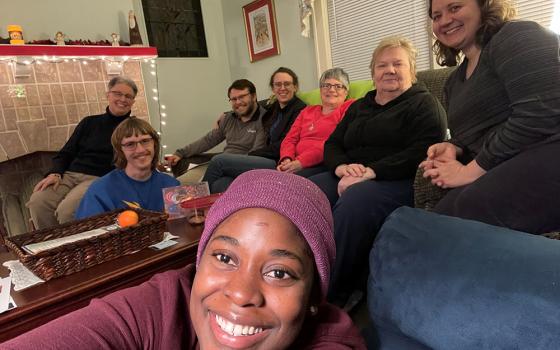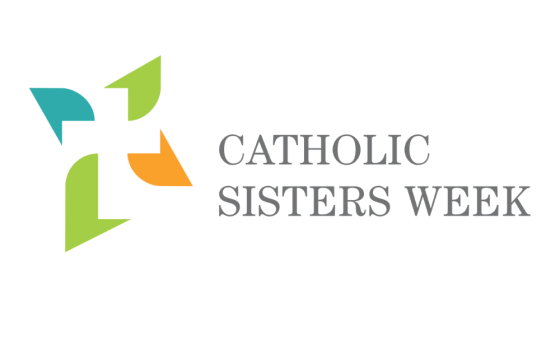Bryan Stevenson, a juvenile defense attorney and founder of the Equal Justice Initiative in Montgomery, Ala., is one of my heroes. A Harvard-trained lawyer, Stevenson could be hauling in a six-digit salary. Instead, he has spent the last two decades as a tireless legal advocate for the poorest of the poor, often for little pay.
Stevenson argued the case that persuaded the U.S. Supreme Court to rule last week against mandatory life sentences without parole for children, even those convicted of murder. The punishment, the court decreed, is cruel and unusual and violates the Eighth Amendment. The ruling does not mean the 2,500 juvenile offenders currently serving such sentences must be released, but their futures could include something more than dying behind bars.
Writing for the majority, Justice Ellen Kagan noted that mandatory life without parole for a juvenile "precludes consideration of his chronological age and its hallmark features -- among them immaturity, impetuosity and failure to appreciate risks and consequences."
Kagan's observation ought to be obvious to all of us who have passed through childhood. Yet over the last 30 years, we have become increasingly harsh in our treatment of young offenders. We lowered the minimum age for trying them as adults, sentenced them -- some as young as 13 -- to die in prison, and until 2005, were willing to execute them.
In some cases, these youth lifers were accomplices and not the primary perpetrator of a crime. Saulo Montalvo was a 16-year-old getaway driver in a fatal store robbery in Grand Rapids, Mich. He never stepped into the store but was convicted for murder and sent away for life. The judge who sentenced him didn't like the punishment but was obliged to follow the law.
Azim Khamisa is someone who knows kids are human beings in formation. In fact, he believes youth offenders are a resource, too valuable to discard. I heard Khamisa speak on Democracy Now last week. Seventeen years ago, a 14-year-old boy fatally shot Khamisa's son. A student at San Diego University, Tariq Khamisa worked weekends delivering pizza. His last order on that fateful Saturday night was to a bogus address at an apartment complex in a gang territory of San Diego. As he was loading the unclaimed pizzas into his car, four teens, three of them 14 years old, accosted him. When the 18-year-old in the group handed a 9 mm handgun to Tony Hicks, one of the younger boys, and commanded him to shoot Tariq. Hicks did.
"[My son] died drowning in his own blood a couple of minutes later -- over a lousy pizza at the age of 20," Khamisa said.
The violent death of his son brought life to a crashing halt for the former investment banker. It also brought an awakening. He realized there were victims at both ends of the gun. He forgave Hicks and reached out to the boy's grandfather, Ples Felix. The two men now work together at the Tariq Khamisa Foundation, an organization Azim established to steer kids away from gangs and gun violence.
Eleven years ago, Khamisa, along with noted Palestinian peace activist Mubawark Awad, co-founded CANEI, a program for at-risk youth with a history of aggressive, defiant or violent behavior. The project, with its emphases on spirituality, restorative justice and literacy, has been acclaimed for its innovative and multi-pronged approach.
"We are having success in turning around youth offenders and bringing them back into society as contributing and functioning members," Khamisa said.
Like Khamisa, there have been other parents who have transformed their grief over the violent death of a child into an opportunity for extraordinary love. Their creative compassion reminds us fear, bitterness, despair and revenge are not the only responses available to us when confronted with horrific and senseless violence. Their faith in youth and the reality of redemption inspires.
Tony Hicks was immediately remorseful after killing Tariq. He wailed on his grandfather's lap and a video of him at his sentencing shows him begging forgiveness for what he had done. With the encouragement of his grandfather and Khamisa, Hicks, now 30, completed his GED and is two-thirds of the way through a degree in child psychology. Sentenced to 25 years with parole, he will be 46 years old upon his release and plans to join Khamisa and his grandfather in their work with youth.
"I look forward to that day," Khamisa said, "because I know we've saved [Tony], but he will save many other kids."




